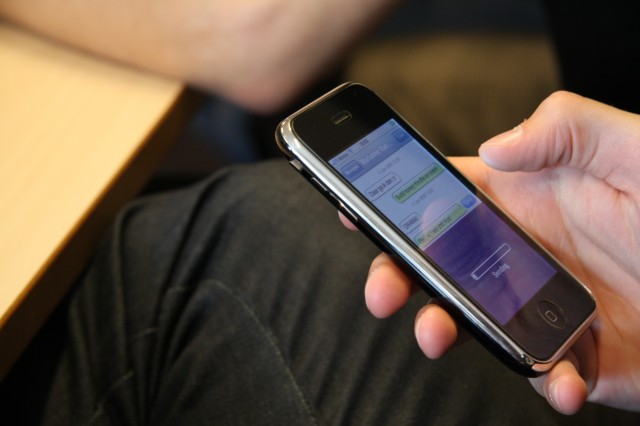An Australian doctor is raising funds to launch an SMS service in West Africa that sends people to the right medical facilities based on key words used and crunches that data to look for the next outbreak spot.
“During my missions with Médecins Sans Frontières I have always noticed that no matter how distressed the populations we served, someone always had a mobile phone,” Mohamad-Ali Trad, who has a masters in public health and tropical medicine, tells WIRED.co.uk. “We did some research and actually found out that most areas traditionally considered under-resourced do have a mobile phone coverage.” As mobile penetration on the continent continues to rise, SMS money transfer services like M-Pesa are common in parts of East Africa, and Western Union is hoping to capitalize on penetration in Western countries to launch its payment service with MTN.
It is also certainly not the first time an SMS service has been used during a period of emergency or outbreak. Even in April, as Ebola began to creep from Guinea to its neighbors, SMS messages were used to raise awareness about symptoms and protective measures. A similar system has been used in the past during cholera outbreaks, most recently in Mozambique in 2013.
Read 11 remaining paragraphs | Comments



